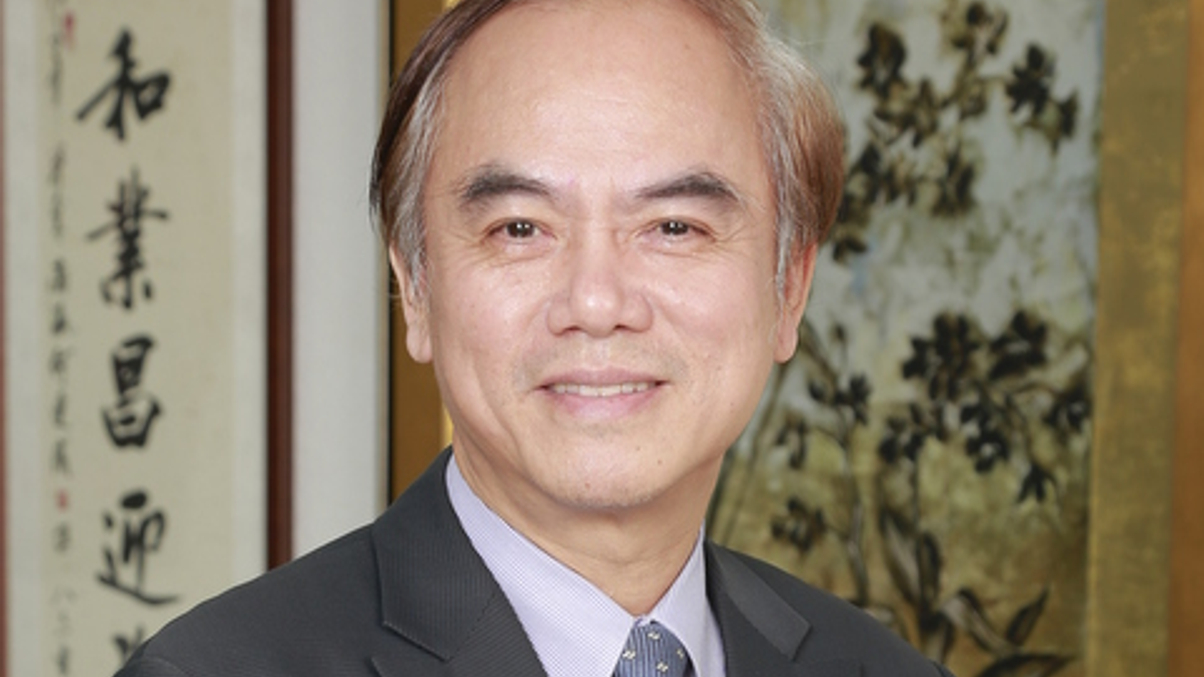Taiwan’s state pension enters private equity
The $103 billion Bureau of Labor Funds is making its first allocation to private equity, as part of a plan to increase its foreign and alternatives exposure.

Taiwan’s Bureau of Labor Funds (BLF), which runs NT$3.35 trillion ($103 billion) of public pension money, has made its first allocation to private equity, AsianInvestor can reveal. This is part of its plan to boost its overall offshore and alternative investment exposure.
Sign In to Your Account
Access Exclusive AsianInvestor Content!
Please sign in to your subscription to unlock full access to our premium AI resources.
Free Registration & 7-Day Trial
Register now to enjoy a 7-day free trial—no registration fees required. Click the link to get started.
Note: This free trial is a one-time offer.
¬ Haymarket Media Limited. All rights reserved.


